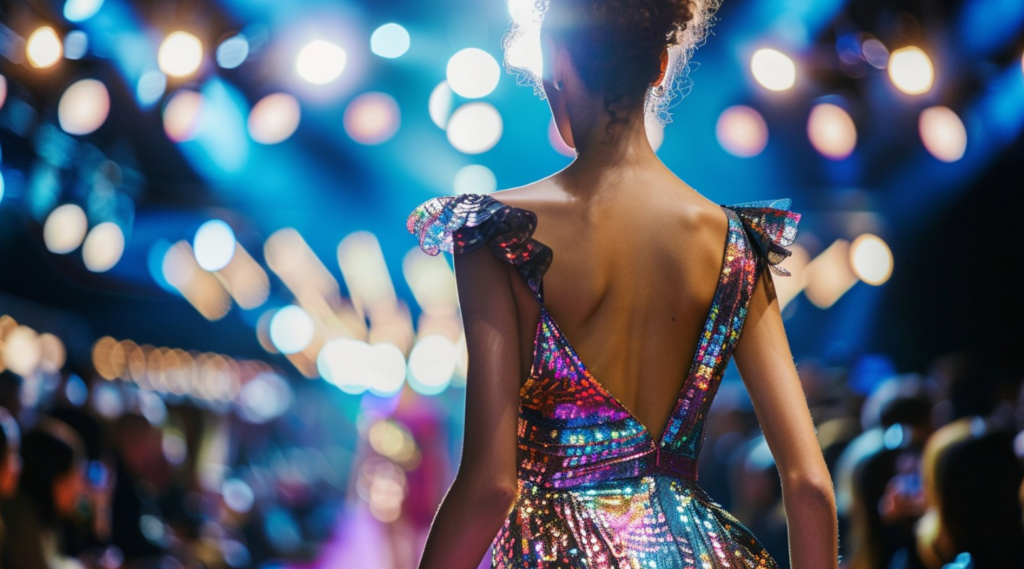The fashion industry is evolving at an unprecedented pace, and the rise of the metaverse is one of the most significant transformations. Digital couture, a term that once seemed like a futuristic fantasy, is now a reality, reshaping how fashion is designed, experienced, and consumed. As the virtual world expands, brands and designers are increasingly embracing digital fashion to captivate a global audience in the metaverse. Here’s how digital couture is changing the fashion industry in 2024 and beyond.
What is Digital Couture?
Digital couture refers to the creation of high-end fashion garments that exist exclusively in virtual spaces. These garments are designed using computer-generated imagery (CGI) and can be worn by avatars in virtual environments like gaming platforms, social media, and virtual reality (VR) worlds. Unlike traditional fashion, digital couture doesn’t require physical materials or manufacturing processes, reducing waste and environmental impact.

The Rise of Fashion in the Metaverse
The metaverse, a collective virtual shared space, is rapidly growing, and with it, the demand for digital fashion. Major fashion houses and emerging designers are diving into this space, creating virtual collections that showcase creativity without the limitations of physical production. The ability to design clothes that can be worn in a digital world opens up new possibilities for innovation in fashion.
Key Factors Driving the Digital Fashion Revolution
- Sustainability and Low Environmental Impact
Traditional fashion production is resource-intensive, with significant environmental costs. Digital fashion, however, eliminates the need for textiles, production facilities, and shipping. This contributes to a more sustainable approach, reducing waste and carbon footprints, which is a growing priority for both consumers and designers. - Immersive Experiences
One of the main attractions of digital couture is the immersive experience it offers. Consumers can wear and interact with virtual garments in various online platforms, creating unique experiences that blend fashion with gaming and social media. The metaverse allows individuals to express themselves through avatars, expanding the definition of personal style. - Global Reach and Accessibility
The digital space removes geographical barriers, allowing brands to showcase their creations to a global audience without the restrictions of physical stores or runway shows. This global reach is especially important for up-and-coming designers who can now reach potential customers from all over the world without costly infrastructure. - Collaborations Between Fashion and Technology
The intersection of fashion and technology has never been more prominent. Luxury brands like Balenciaga, Gucci, and Dolce & Gabbana have already ventured into the metaverse with limited-edition virtual collections, collaborating with tech giants to create immersive experiences. These partnerships are fostering an entirely new wave of innovation in digital fashion.
The Future of Fashion in the Metaverse
As technology advances, the potential for digital fashion will continue to grow. Augmented reality (AR) and virtual reality (VR) technologies will further enhance the consumer experience, allowing users to try on virtual garments before purchasing them for their avatars or even integrating them into real-life scenarios using AR features. Additionally, blockchain technology is playing a key role in ensuring the authenticity and ownership of digital garments, creating a new market for virtual fashion collectibles.
Conclusion
Fashion in the metaverse represents a groundbreaking shift in the industry. With digital couture, sustainability, and immersive experiences leading the way, the metaverse is set to become a central hub for fashion innovation. As more brands explore the possibilities of digital fashion, it’s clear that the boundaries between physical and virtual fashion will continue to blur, redefining the industry for the digital age.
